The secret of the Yucca Schidigera and its saponins
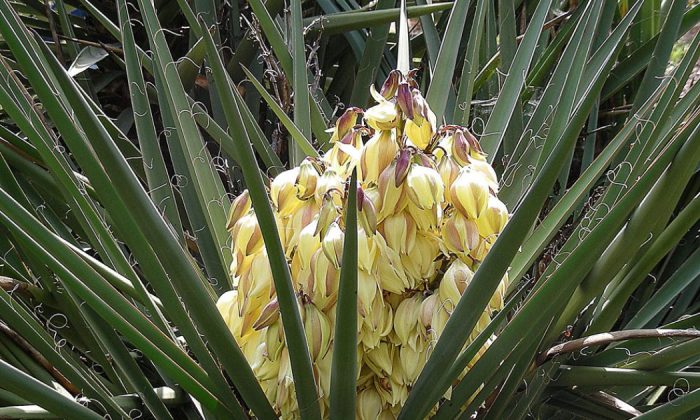
Do you know Yucca Schidigera plant? A rather unexpected question, to which most people will answer no, but there is nothing to be ashamed of. It is not grown in our part of the world and getting information about this plant is rather hard. Even if you use the Internet. So, let us take a closer look at this mysterious plant, which is strikingly reminiscent of a palm tree. We shall focus not only on its classification, but also on its enigmatic saponins and on the general use of Yucca Schidigera.
A desert pearl
Yucca Schidigera is called the desert pearl. It is a flowering, evergreen, palm-like tree which belong to the Agavaceae genus and includes approximately 35 to 40 different species. As mentioned earlier, it resembles a palm tree. It has a typical short, strong trunk a dagger-like leaves. You would mainly find it in desert areas in southern Nevada, California and Mexico. Fully grown trees can reach a height of up to 5 meters. You can recognize it by its typical bell-shaped flowers. An interesting fact: It gives out a beautiful and sweet smell, mainly at night.
Photo: commons.wikimedia.org
The Tree of Life
Yucca Schidigera thrives in a hot sunny weather, and even during hot summer days it can get by without water. The natives have been worshiping it for many centuries and called it the tree of life. They commonly used the entire plant and were well-aware of its beneficial effects. Yuca fibres were used to make various textiles, fabrics, shirts and also sandals.
How is Yucca Schidigera consumed?
The natives used raw leaves to make tea or ate it directly just like any other vegetable. They prepared salads from its leaves, or boiled it to make a broth. Flour was made from dried seeds, and the roots, which contain lots of saponins, were used as a regular soap. Today, we make a powder or extract from yucca.
There are many positive effects of yuca
Yucca Schidigera contains many important substances which are beneficial for the human body, including minerals, enzymes, various trace elements, vitamins, polyphenols, chlorophyll and saponins. Saponins are known of their strong antioxidant effects, for their detoxifying and cleansing properties and for their ability to remove harmful substances from our body. Saponins also support proper digestion and prevent undesirable deposits in the intestines. And as an added bonus, they can also reduce cholesterol in the blood. Great!
Preview photo: commons.wikimedia.org

Gardening is my hobby, I have a lot of experience and I am happy to share it.
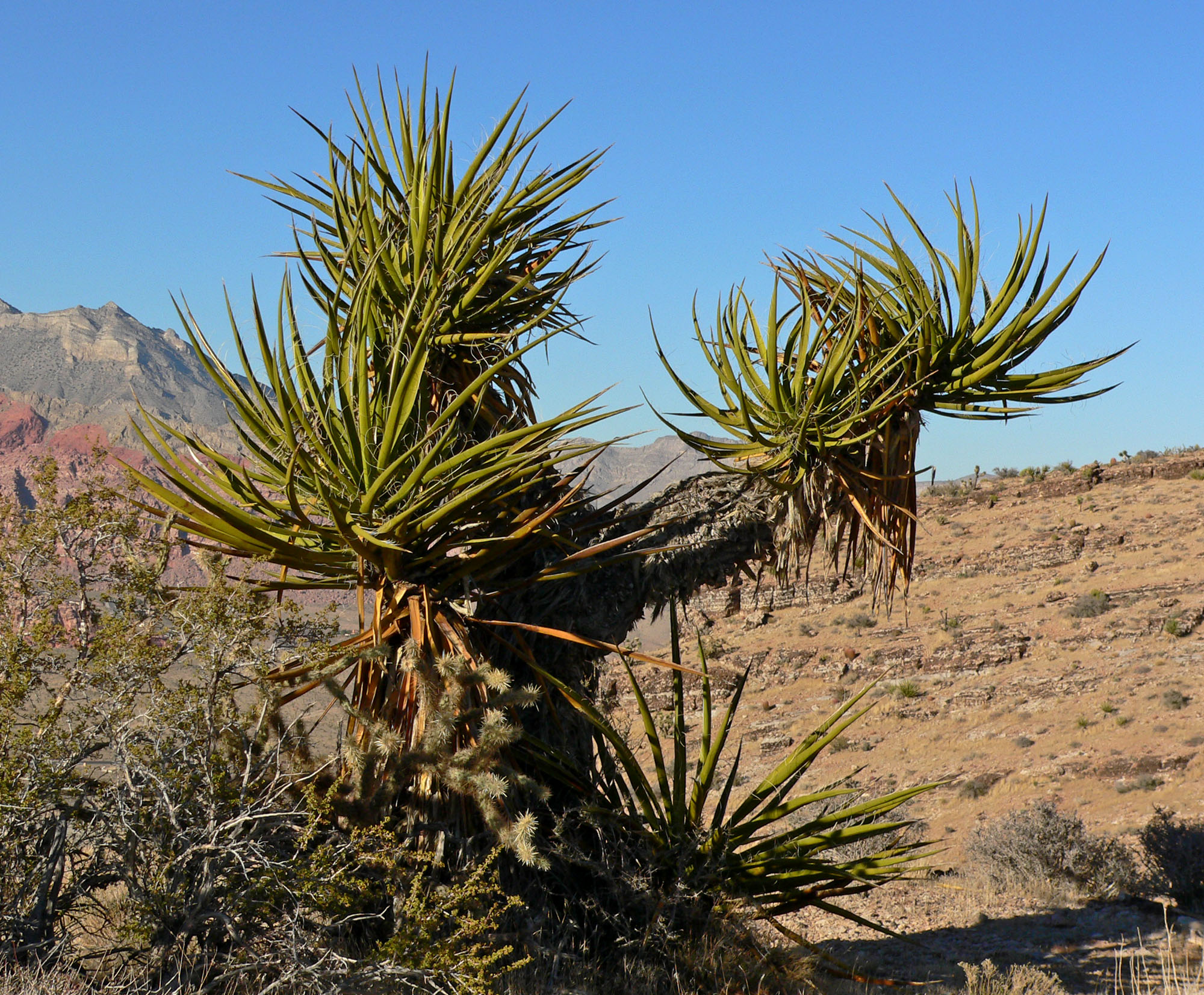


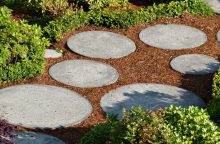
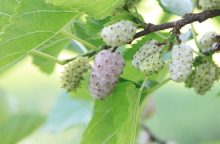

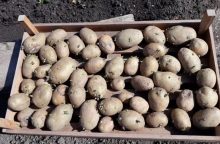
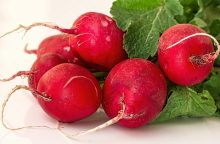
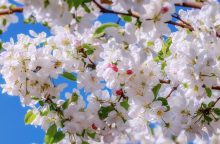
0 comments